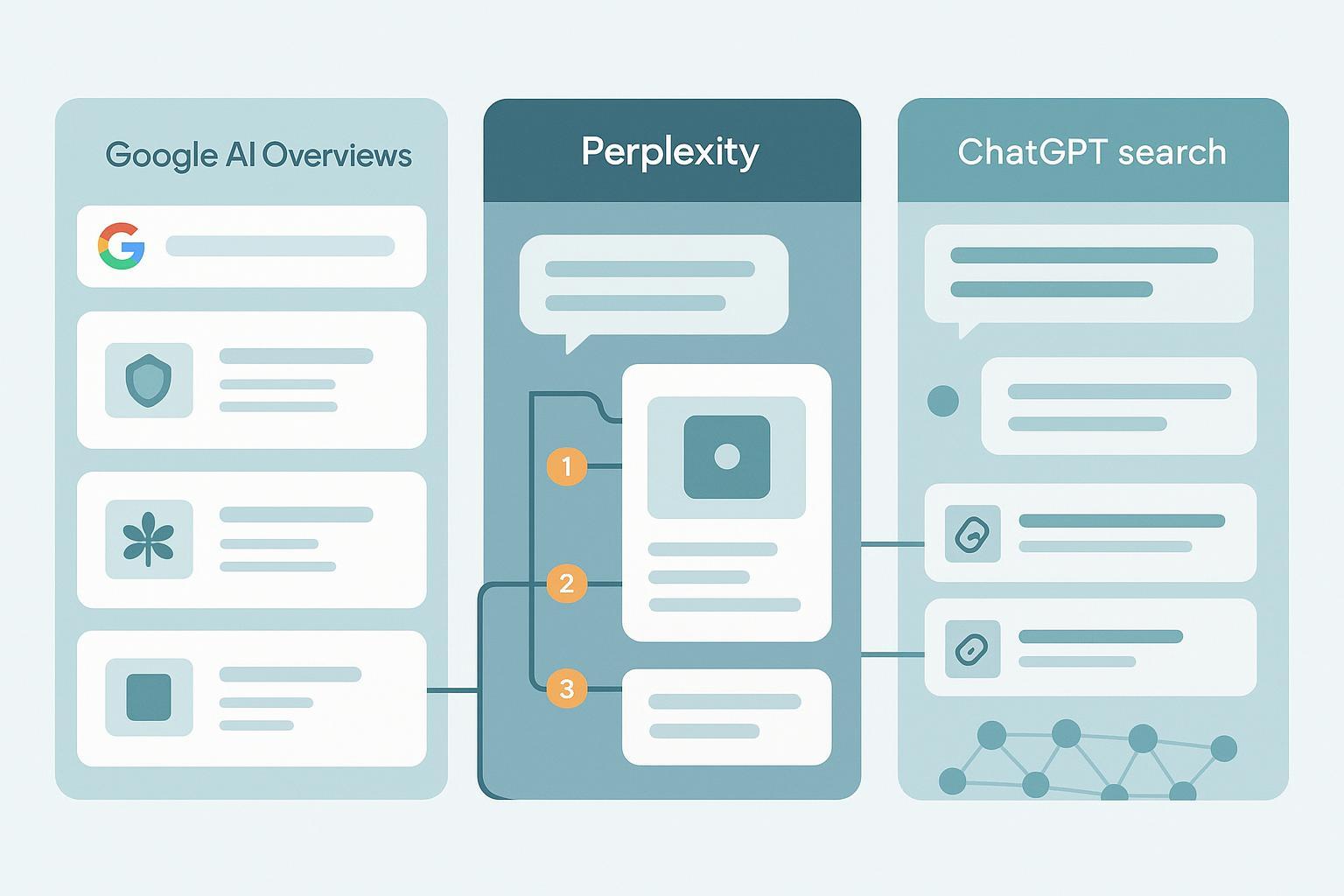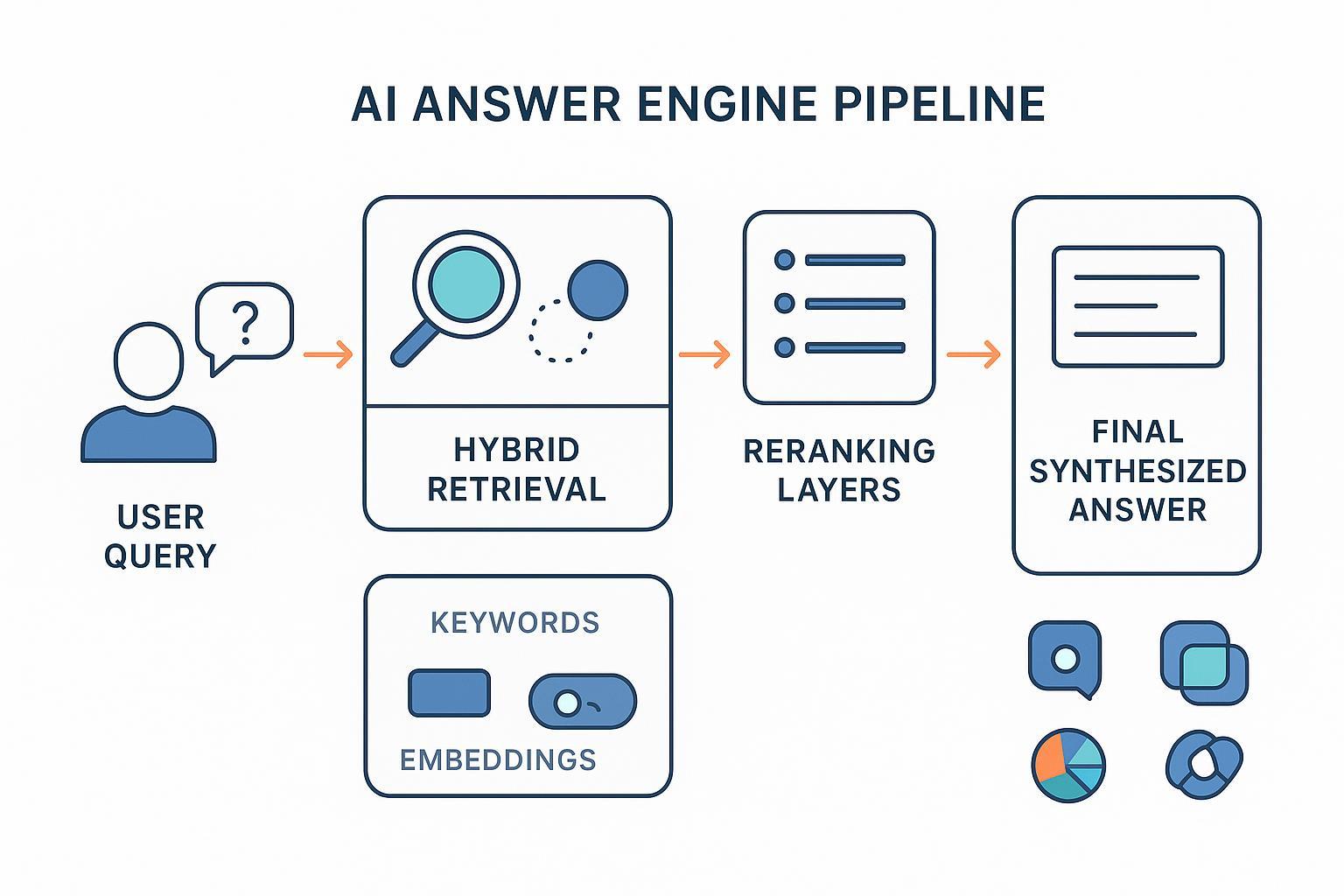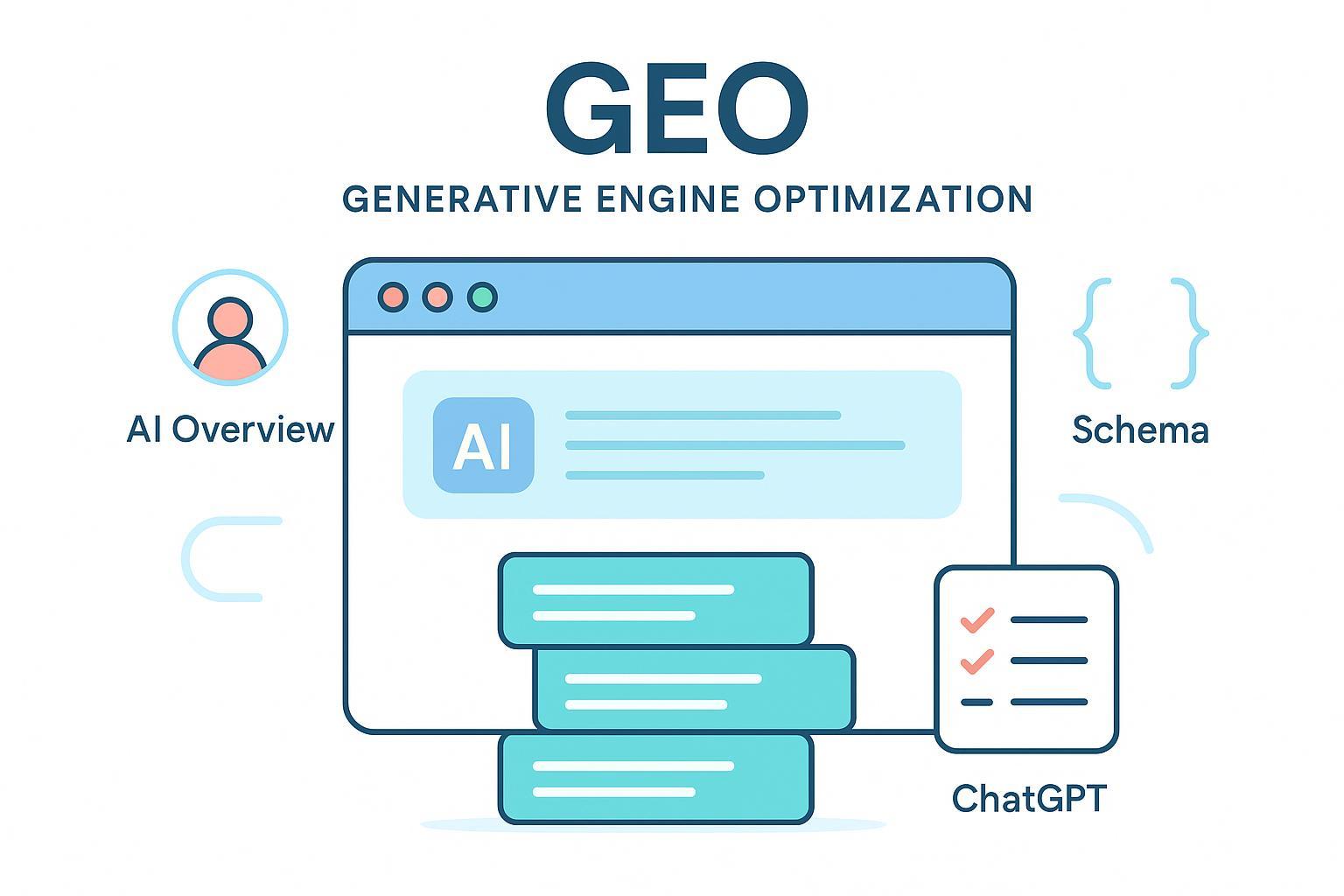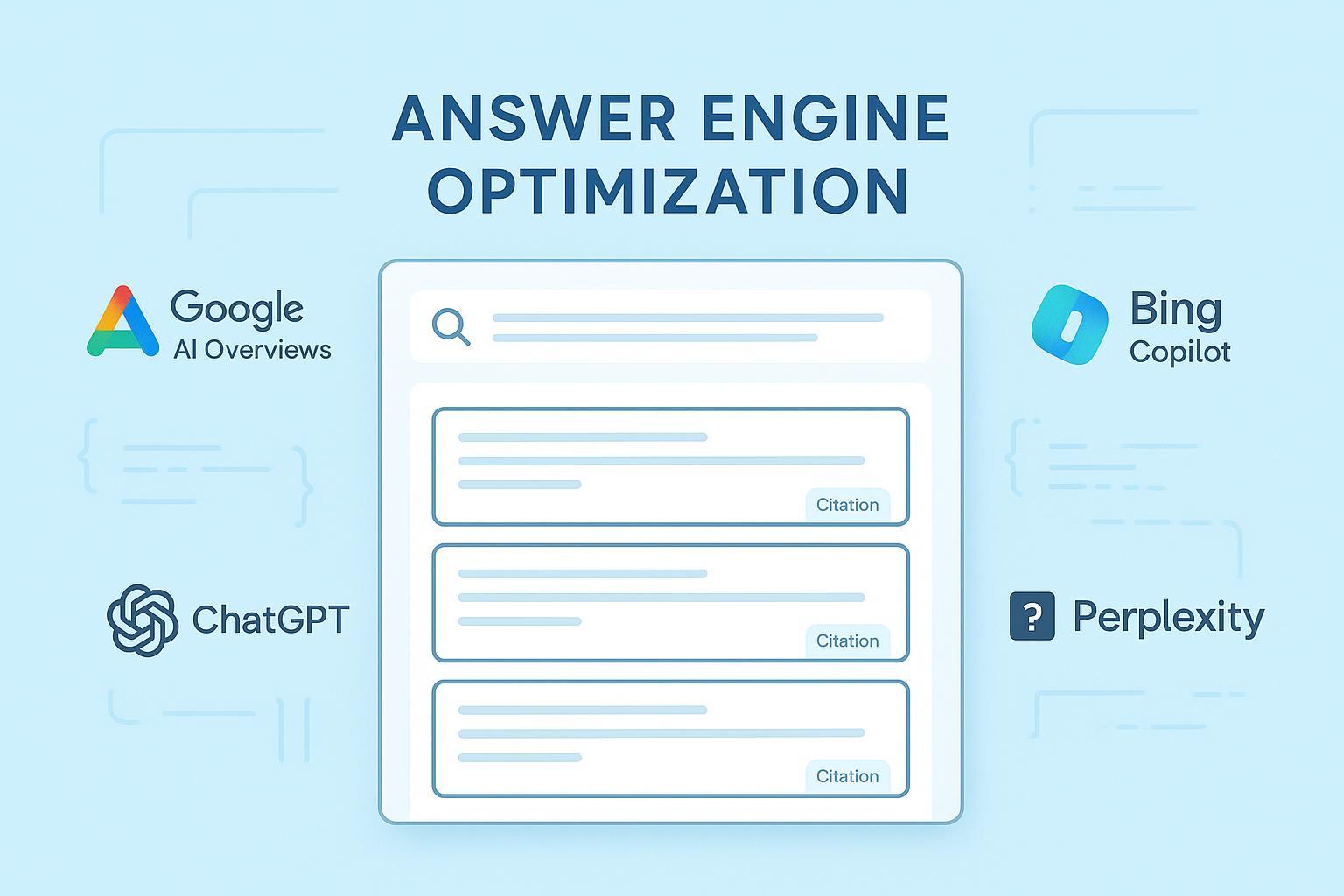How to Create Cross-Platform AI Search Dashboards: 2025 Guide
Step-by-step guide to unify and visualize brand metrics from ChatGPT, Perplexity, Google AI, and Bing AI. Includes top 2025 dashboard tools, data normalization, and Geneo integration.

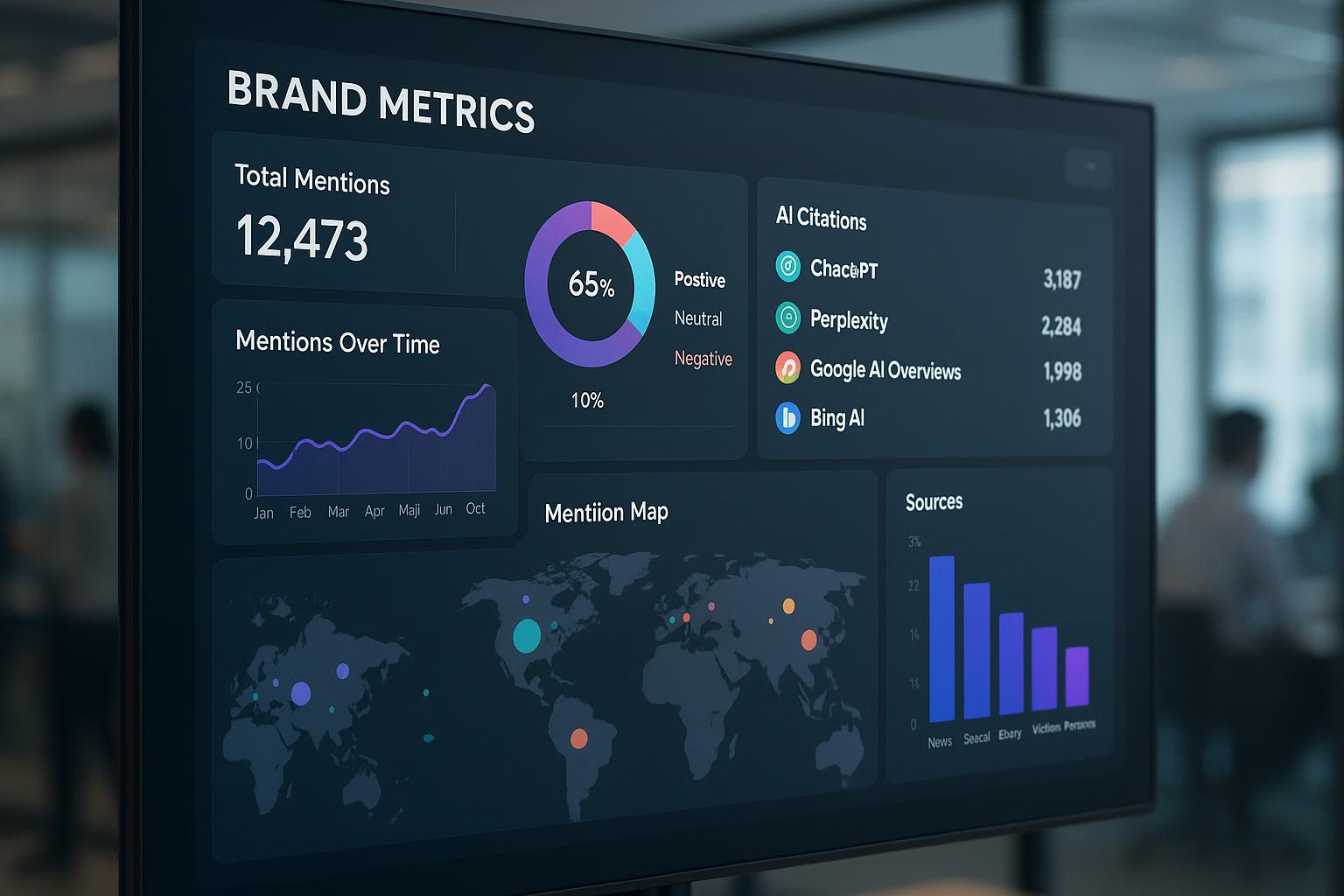
Modern brand visibility now means monitoring not just Google or Bing, but the evolving AI search landscape—where ChatGPT, Perplexity, Google AI Overviews, and Bing AI all surface, cite, and shape your brand narrative. By 2025, being present and positively represented across these platforms is vital for both digital marketers and technical brand managers.
This step-by-step guide empowers you to build your own cross-platform AI search dashboard, unify fragmented data, and stay ahead of the visibility curve. Whether you’re a hands-on technical lead or a strategic marketer needing actionable insights, you’ll find both do-it-yourself and ready-made solutions (like Geneo) mapped clearly—so you can choose what’s best for your goals, team, and resources.
1. Workflow Snapshot: Building a Multi-Engine AI Search Dashboard
Before you start, review your options:
- Custom Dashboard: Connect APIs, normalize data, visualize metrics, and maintain workflows yourself. Ideal if you want full control and customization—but requires technical effort.
- All-in-One Solution: Use platforms like Geneo for automatic, multi-engine AI search visibility, tracking, real-time alerts, and strategic content recommendations.
End-to-end checkpoint list:
- Audit your goals, KPIs, and resources
- Integrate each AI search source (with up-to-date extraction methods)
- Normalize and harmonize data across engines
- Set up your dashboard tool (DIY or Geneo)
- Visualize metrics, track KPIs, adapt workflows
- Troubleshoot, validate results, and optimize over time
Let’s walk through each step—calling out options, pitfalls, and best practices.
2. Platform Integration: Latest Extraction and Access Strategies
A. ChatGPT (OpenAI)
- Method: Use the OpenAI API (GPT-5, GPT-nano/chat models).
- Process: Secure your API key, use official SDK or HTTPS requests to fetch brand-related responses (e.g., prompt with "What is [Brand]?" and store the output).
- Tip: Parse response text for citations and mentions—there’s no direct ranking/visibility endpoint.
- Best Practices: Handle API errors with retry/backoff logic, protect credentials, validate outputs.
- Reference: OpenAI GPT-5 for Developers
B. Perplexity AI
- Reality check: No public API for automation as of August 2025.
- Workflow: Use Deep Research mode, export reports manually (PDF/Markdown), then parse for brand mentions. For regular tracking, consider third-party tools or hands-on extraction.
- Alternative: For robust visibility, platforms like Geneo offer direct connectivity and automated report parsing.
- Reference: Perplexity Deep Research
C. Google AI Overviews
- No direct API: Manual query tracking or legal web scraping is required.
- Workaround: Use Google Analytics/Search Console for traffic/main keyword visibility; prioritize AI-optimized content and snippet monitoring.
- Best Practices: Structure web content for semantic relevance, clarity, and E-E-A-T standards. Use third-party SEO visibility trackers for indirect insights.
- Reference: Google Search Docs: AI Features
D. Bing AI
- APIs retired August 2025: Now integrated via Azure AI Agents.
- Workflow: Set up Azure AI Agent with Bing Search grounding, authenticate, and extract LLM output for citations/mentions.
- Note: No raw SERP/API; solutions require parsing conversational/AI responses—Geneo handles this natively, saving manual effort.
- Reference: Microsoft Bing API retirement
Verification Tip: After each integration attempt, test sample queries and compare outputs for accuracy, completeness, and real brand mention context.
3. Normalizing & Harmonizing Data Across Platforms
Raw data from AI platforms is fragmented: formats differ, fields change, and entity mentions aren’t standardized. Here’s how to build a unified, reliable dataset:
Step-by-Step Data Normalization Playbook
- Source Audit: Identify all data feeds, map schema differences, and check for duplicates or missing fields.
- Format Standardization: Convert fields (e.g., timestamps, text blocks) to unified schema—use canonical tags (brand/entity, context, source, sentiment).
- Deduplication: Merge identical mentions (by entity and timestamp), compress repeated events.
- Entity Mapping: Align brand mentions using embedding/entity matching (ML models, manual mapping).
- Integrity Checks: Run referential integrity scripts and manual spot checks.
- Integration Automation: Use ETL tools (Domo, Estuary Flow, Fivetran, Meltano) for automated pipelines if DIY-ing.
- Validation: Test sample queries, visually inspect unified dashboard widgets.
Best Practice: Document normalization scripts and workflows for easy future adaptation as platform outputs evolve.
4. Dashboard Tool Selection & Implementation Workflow
Top Tool Recommendations (2025)
| Tool | Best For | Pros | Cons |
|---|---|---|---|
| Tableau | Custom visualization | Sophisticated viz, broad integration | Steep learning curve |
| Power BI | Microsoft ecosystem | Easy Azure connectivity, scalable | Fewer advanced AI widgets |
| Domo | Cloud-first, all-in-one | Many native connectors, secure, friendly UI | Higher cost for enterprises |
| Meltano | Dev-centric teams | CI/CD, variant connectors, open source | Requires engineering setup |
| Geneo | Multi-AI & brand teams | Out-of-the-box AI engine tracking, auto-normalization, advanced reporting, sentiment, trend detection | Not open source |
Setup Instructions:
- Custom dashboard route: Connect normalized data, design widgets for visibility score, brand mention counts, sentiment over time, cross-platform comparison.
- With Geneo: Configure your brands/keywords in the app, set up auto-reporting/frequency, use built-in dashboards for instant views of AI citations, mentions, and trends.
- Tip: Use annotated dashboard screens, process diagrams, and visual widgets to help teams quickly interpret complex data.
5. Visualizing Metrics & Tracking KPIs
Key dashboard views for actionable insights:
- Visibility Scoreboard: Track brand inclusion rates in AI answers across engines
- Mention Heatmaps: See where, when, and how your brand appears
- Sentiment Analysis: Automated classification of positive, neutral, or negative brand representation
- Historical Trends: Multi-week/month tracking for share of voice, citation frequency
- Cross-Channel Comparison: Unified view, per-engine and rolled-up metrics
Best-KPI Practice: Always include sample outputs and ranges—"In my experience, true dashboard success is when you can catch a negative trend within 24 hours and intervene before it impacts sentiment scores."
Geneo’s dashboard comes pre-built for these views—saving weeks of setup and reducing data blind spots significantly.
6. Troubleshooting, Validation, and Adaptation
Every AI search integration project faces hurdles. Here’s how to proactively handle common issues:
Common Problems & Solutions:
| Problem | How to Fix |
|---|---|
| API quota/limit errors | Apply retry logic, monitor quotas, optimize prompt formats |
| Missing mentions/citations | Tighten query focus, test variations, validate with manual checks |
| Data schema drift on platform | Automate format normalization, update entity maps, monitor changes |
| Dashboard sync failures | Use health checks, automate alerts, schedule pipeline review |
| Sentiment misclassification | Calibrate ML models, use third-party sentiment validators |
Advanced Tip: Document every troubleshooting event—platforms will continue to change. With Geneo, much of this adaptation and error-handling is automated, with role-based alerts and ongoing updates built in.
7. Ongoing Optimization: Generative Engine Best Practices (GEO)
Boost and sustain multi-platform AI visibility with these techniques:
- Author authoritative, conversational content answering real questions
- Structure web and brand content for AI-model clarity (semantics, E-E-A-T)
- Track answer inclusion rate, sentiment index, and entity citation coverage
- Use dashboard feedback to refine prompts, FAQ schema, and influencer campaigns
- Set up automated reporting/alerts to detect drops or negative sentiment
Resource: What is Generative Engine Optimization (GEO)?
8. Real-World Workflow: How Geneo Streamlines Cross-Platform AI Monitoring
A brand manager implements the above manually, spending weeks parsing exports, cleaning data, and troubleshooting. With Geneo, the same team:
- Onboards brands/keywords in minutes
- Tracks, visualizes, and responds to AI citations and sentiment in real time—across ChatGPT, Perplexity, Google AI Overviews, and Bing AI
- Receives automated content strategy suggestions based on visibility trends and sentiment
- Collaborates securely across teams, with full permission control and historical query tracking
- Adapts immediately as platforms update their outputs or change coverage
Teams report saving up to 80% of monitoring/admin time and catching negative visibility shifts days faster. (See: Geneo AI Visibility Guide)
9. Quick-Start Checklist & Next Steps
- [ ] Define KPIs (visibility, sentiment, citation rate)
- [ ] Audit data sources and platform access options
- [ ] Integrate and normalize AI engine data
- [ ] Select dashboard tool or deploy Geneo
- [ ] Design dashboard widgets (scoreboard, heatmaps, sentiment tracking)
- [ ] Validate with sample queries/outputs
- [ ] Set up alerts, troubleshooting protocols, and workflow documentation
- [ ] Benchmark progress and iterate content/visibility strategies
Takeaway: If manual dashboard-building feels daunting, or you’re scaling across brands/teams, Geneo offers a powerful, ready-made solution tailored to the 2025 AI landscape.
10. Further Resources for Advanced Optimization
- Generative Engine Optimization Guide: 2025
- Clipstrust AI Visibility Blog
- Meilisearch Enterprise Search in 2025
- Geneo Blog: Multi-Engine Monitoring
Ready to supercharge your brand’s AI search presence? Explore Geneo for a free trial or demo—and master multi-platform visibility with confidence.


